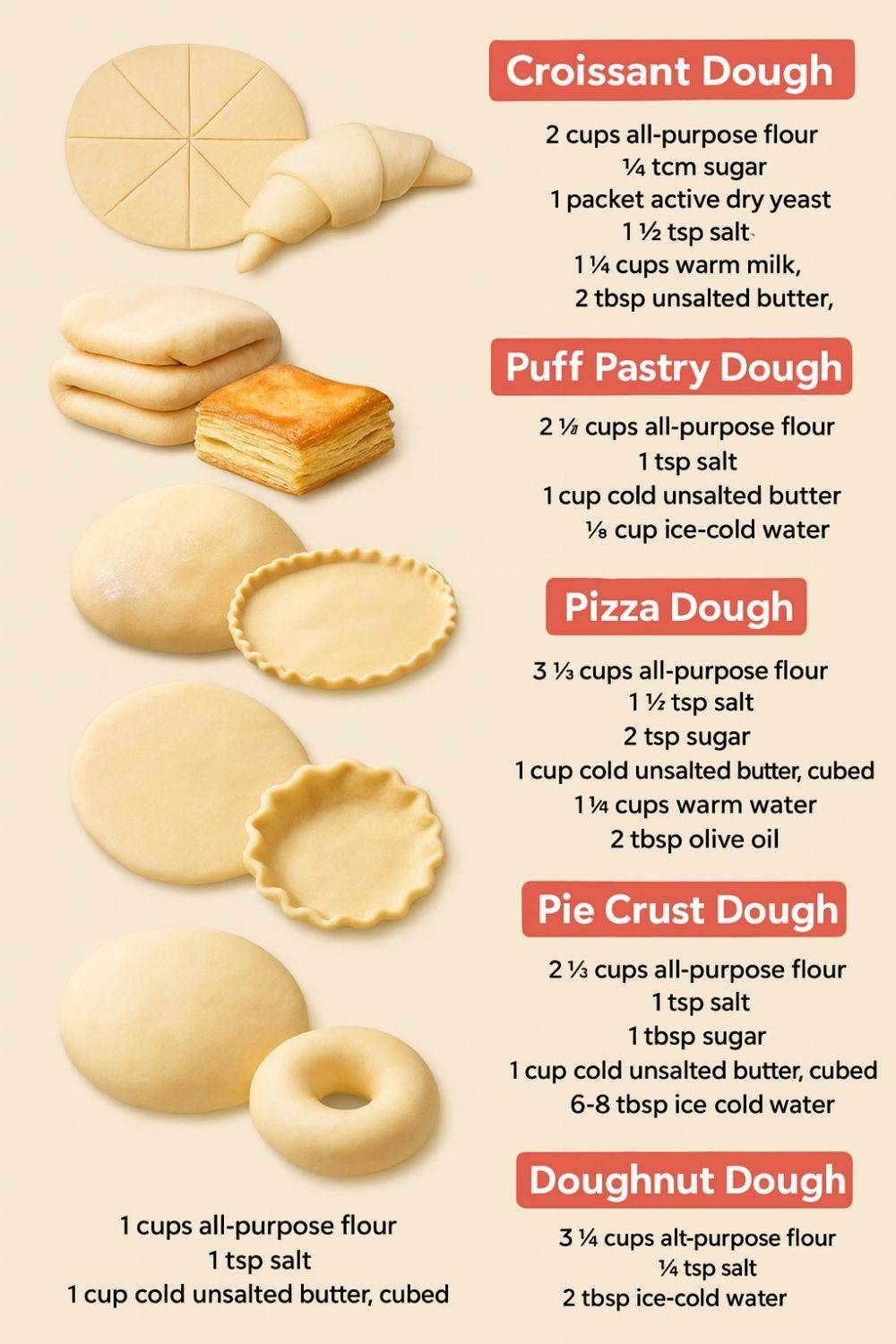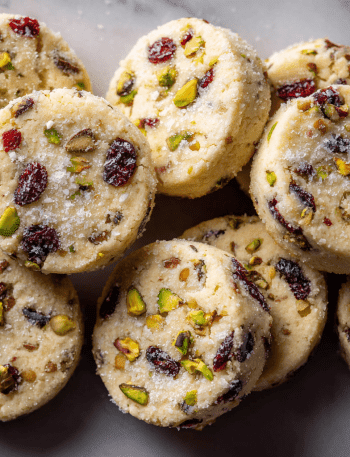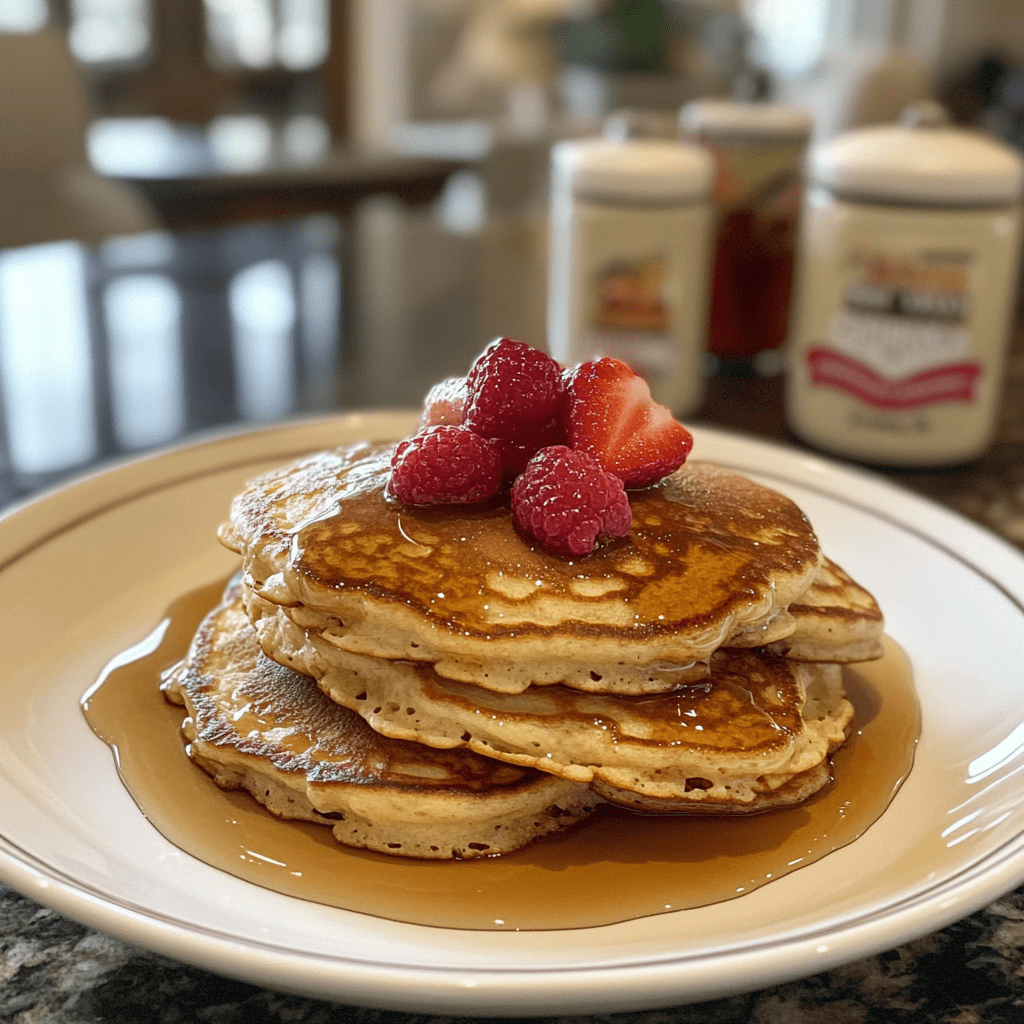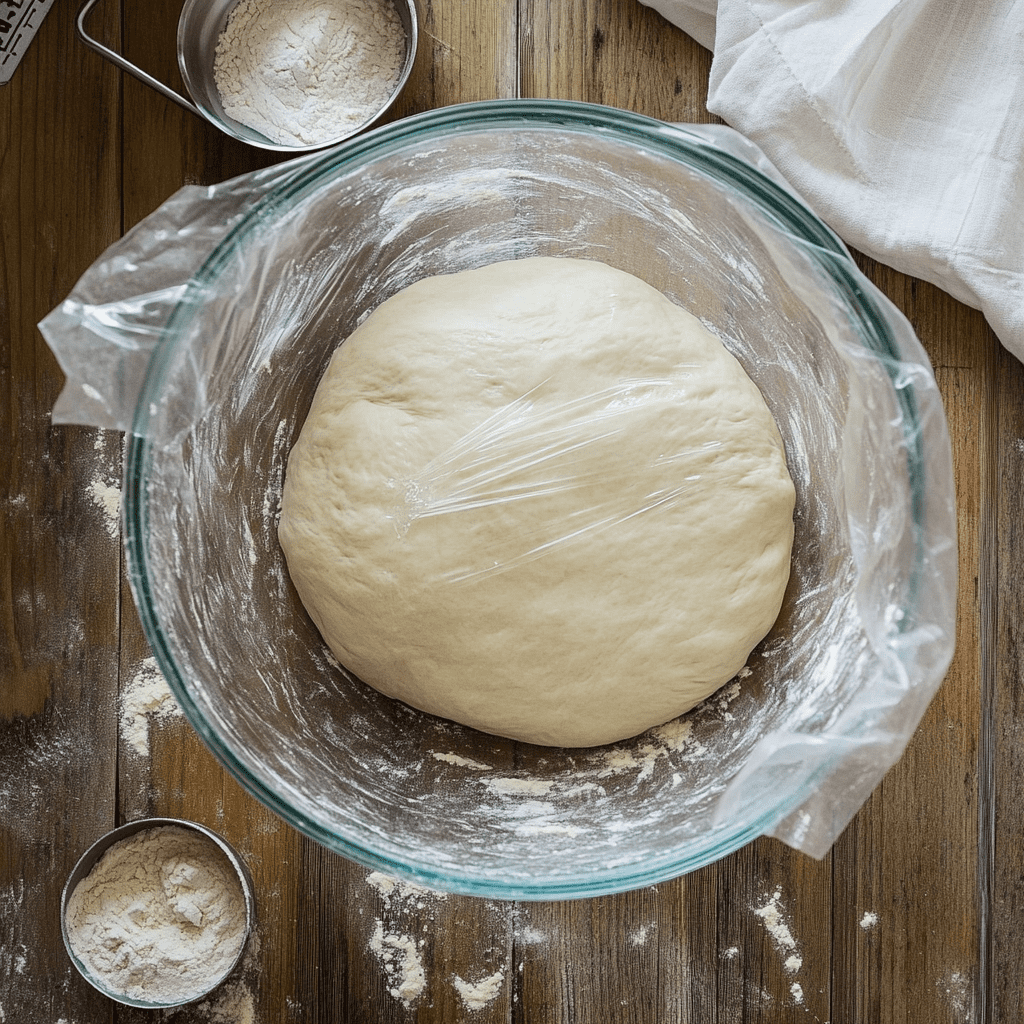Your Ultimate Guide to 5 Essential Doughs: From Flaky Croissants to Perfect Pizza
Hello, baking friend! Have you ever stood in your kitchen, dreaming of pulling a golden, buttery croissant from your own oven, or wowing your friends with a pizza that rivals your favorite pizzeria? Well, I’m here to tell you that you can absolutely make that happen.
The secret lies in mastering a few fundamental doughs. Today, we’re going to explore five classic recipes that will transform your home baking game. We’ll talk about why each dough is special, break down the key roles of the ingredients, and I’ll share some friendly tips to guide you to success. So, tie on your apron, and let’s get our hands floury!

1. The Buttery Marvel: Croissant Dough
Ah, the croissant. That iconic, flaky, shatteringly delicate pastry that makes every morning feel like a Parisian dream. Creating croissants is a labor of love, but I promise you, the process is just as rewarding as that first buttery bite.
The Ingredients & Their Magic:
-
4 cups all-purpose flour: This is our structure-builder. It creates the strong, elastic network of gluten that can trap all the steam and butterfat, leading to those magnificent layers.
-
¼ cup sugar: Sugar adds a touch of sweetness and, more importantly, it helps with browning. It also feeds the yeast, giving it the energy it needs to puff up our dough.
-
1 packet active dry yeast: This is our tiny, powerful leavening agent. The yeast produces gas bubbles that make the dough rise, creating a light and airy interior, rather than a dense, pastry-like one.
-
1 ½ tsp salt: Salt is the flavor enhancer. It tightens the gluten structure, giving the dough strength, and it also regulates the yeast’s activity so it doesn’t go wild.
-
1 ¼ cups warm milk: The liquid hydrates the flour and activates the yeast. Using warm (not hot!) milk wakes the yeast up gently and encourages it to get to work.
-
2 tbsp unsalted butter, softened: We add a little butter to the initial dough (the détrempe) for flavor and tenderness.
-
1 cup unsalted butter, cold (for laminating): This is the STAR of the show. We use a whole cup of cold butter that we will “laminate” into the dough. This process of folding and rolling creates hundreds of distinct layers of dough and butter.
The Journey to Croissant Perfection:
The magic word here is laminating. You make a simple, yeasted dough first and let it rest. Then, you encase a large, flattened slab of cold butter inside it. Through a series of folds and rolls (called “turns”), you create a dough-butter-dough sandwich with hundreds of layers. When the croissants bake, the water in the butter and dough turns to steam, pushing the layers apart. At the same time, the butterfat fries the dough from the inside, creating that incredible flakiness and rich flavor.
My Friendly Tip: Patience is your best friend here! Keep everything cool. If the butter starts to soften and ooze, pop the dough back in the fridge for 20-30 minutes. A cold butter makes a flaky croissant!
2. The Flaky Powerhouse: Puff Pastry Dough
If croissant dough is the delicate, yeasted artist, puff pastry is the sturdy, unleavened architect. It creates the highest, most dramatic, and shatteringly crisp layers imaginable. We use it for everything from vol-au-vents to palmiers and beef Wellington.
The Ingredients & Their Magic:
-
2 ½ cups all-purpose flour: Again, our building block for structure.
-
1 tsp salt: For flavor and to strengthen the gluten.
-
1 cup cold unsalted butter: Just like with croissants, this is the key to the layers. We use a higher ratio of butter to dough here, and the process creates even more defined, separate layers.
-
⅔ cup ice-cold water: The cold water is crucial. It keeps the butter firm and helps develop the gluten without melting our precious fat.
The Art of the “Puff”:
Puff pastry uses a similar lamination technique as croissant dough, but without yeast. The rise is purely physical, known as “water vapor leavening.” The hundreds of butter layers trap the steam created during baking. This steam pushes the dough layers upward and outward, causing the pastry to “puff” to incredible heights. The result is a light, airy, and exceptionally buttery pastry.
My Friendly Tip: When adding the ice water, mix just until the dough comes together. Overmixing develops too much gluten, which can make the pastry tough instead of tender and flaky. A few dry spots are better than an overworked dough!
3. The Everyday Hero: Pizza Dough
Now, let’s shift gears from pastry to something a little more rustic and universally loved: pizza dough! A great pizza starts with a great crust—one that’s chewy, has a slight tang, and can hold up to all your favorite toppings.
The Ingredients & Their Magic:
-
3 ½ cups all-purpose flour: You can use bread flour for an even chewier crust, but all-purpose works beautifully for a classic, balanced texture.
-
1 ½ tsp salt: Essential for flavor and a tight crumb structure.
-
2 tsp sugar: The yeast’s favorite snack! It helps the dough rise and also contributes to a golden-brown crust.
-
1 packet active dry yeast: Our leavening hero, responsible for the airy bubbles and chewy texture.
-
1 ¼ cups warm water: Hydrates the flour and activates the yeast. The temperature is key—too hot and you kill the yeast; too cold and it sleeps in.
-
2 tbsp olive oil: This is the secret weapon! Oil enriches the dough, making it more tender and pliable. It also adds a lovely flavor and helps create a crispier crust during baking.
The Path to Pizza Night Glory:
Pizza dough is all about gluten development and fermentation. You knead the dough to build a strong, elastic gluten network that can trap the CO2 from the yeast. Then, you let it ferment. A slow, cold ferment in the fridge for 24-48 hours will develop an incredible depth of flavor, but even a few hours at room temperature will give you a fantastic result.
My Friendly Tip: Don’t skip the rest! After you knead the dough, let it rise in a lightly oiled bowl, covered with a damp cloth, until it doubles in size. This fermentation time is what gives your pizza crust its characteristic flavor and texture.
4. The Classic Foundation: Pie Crust Dough
Buttery, tender, and flaky—a perfect pie crust is the ultimate supporting actor. It cradles sweet fruit fillings or savory quiche mixtures, providing a delicious contrast in texture.
The Ingredients & Their Magic:
-
2 ½ cups all-purpose flour: The base of our structure.
-
1 tsp salt: A must for balancing the flavors, especially in sweet pies.
-
1 tbsp sugar: Adds a subtle sweetness and aids in browning.
-
1 cup cold unsalted butter, cubed: Here we go again with the cold butter! For a flaky pie crust, you want small, pea-sized pieces of cold butter dispersed throughout the flour. When the crust bakes, these butter pockets melt, creating steam pockets and, you guessed it, flakiness.
-
6–8 tbsp ice-cold water: Just enough to bring the dough together. Too much water develops gluten and makes the crust tough.
The Secret to a Tender, Flaky Crust:
The golden rule for pie crust is keep everything cold and don’t overwork it. You want to see visible bits of butter in your dough. When you rub the butter into the flour, you’re coating the flour particles in fat, which prevents too much gluten from forming. This results in a tender, “short” crust (which is where the term “shortening” comes from!). Overworking the dough melts the butter and develops gluten, leading to a tough crust.
My Friendly Tip: Use a pastry cutter or even your fingertips to work the butter into the flour quickly. When adding water, do it a tablespoon at a time, and stop as soon as the dough can be pressed together into a ball.
5. The Pillowy Treat: Doughnut Dough
Let’s end on a sweet, fried note! Doughnut dough is an enriched dough, meaning it contains fat, eggs, and sugar, which makes it incredibly tender, rich, and perfect for frying up into soft, pillowy rings of joy.
The Ingredients & Their Magic:
-
3 ¾ cups all-purpose flour: Provides the structure for our fluffy doughnuts.
-
2 ¼ tsp active dry yeast: Makes the doughnuts light and airy.
-
¾ cup warm milk: Activates the yeast and adds richness.
-
¼ cup sugar: Sweetens the dough and feeds the yeast.
-
2 large eggs, room temperature: Eggs are a powerhouse! They add richness, color, and structure. The proteins in eggs help set the shape during frying.
-
4 tbsp unsalted butter, softened: Butter makes the dough tender and adds its signature delicious flavor.
-
½ tsp salt: Balances the sweetness.
-
Oil for frying: Frying gives us that classic golden-brown, crisp exterior while keeping the inside soft and cooked through.
The Science of the Fry:
This dough goes through two rises: one after mixing and one after you cut out the doughnut shapes. The yeast works hard to create a soft, gaseous network. When you fry them, the intense heat of the oil (around 365°F / 185°C) causes the water in the dough to turn to steam, rapidly expanding and “setting” the airy structure. The outside cooks quickly, forming a crisp crust, while the inside remains moist and cake-like.
My Friendly Tip: Ensure your oil is at the right temperature. If it’s too cool, the doughnuts will absorb too much oil and become greasy. If it’s too hot, the outside will burn before the inside is cooked. Use a thermometer for the best results!
You’ve Got This!
Look at you—now you’re armed with the knowledge to conquer the bakery case and the pizzeria! Each of these doughs teaches you a fundamental baking skill: the power of lamination, the importance of gluten management, the magic of yeast, and the crucial role of temperature.
Remember, even professional bakers have off days. Your first croissant might not be perfect, and your first pie crust might shrink a little. That’s okay! The real joy is in the process—the feel of the dough in your hands, the smell of yeast and butter filling your kitchen, and the incredible pride of sharing something you made from scratch.
So, which dough will you try first? Pick a recipe, gather your ingredients, and trust yourself. Happy baking, my friend




